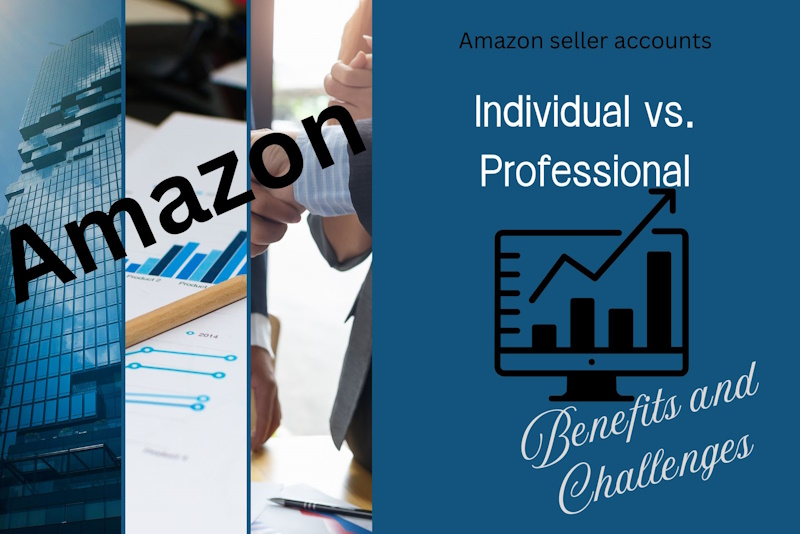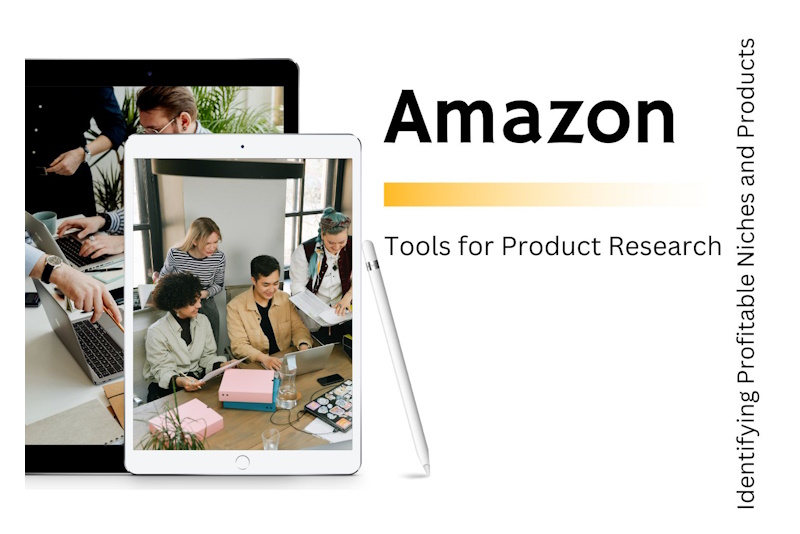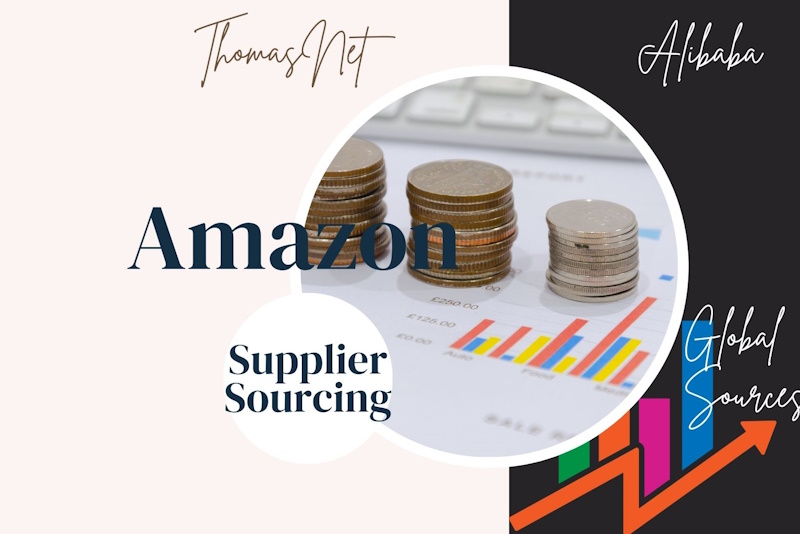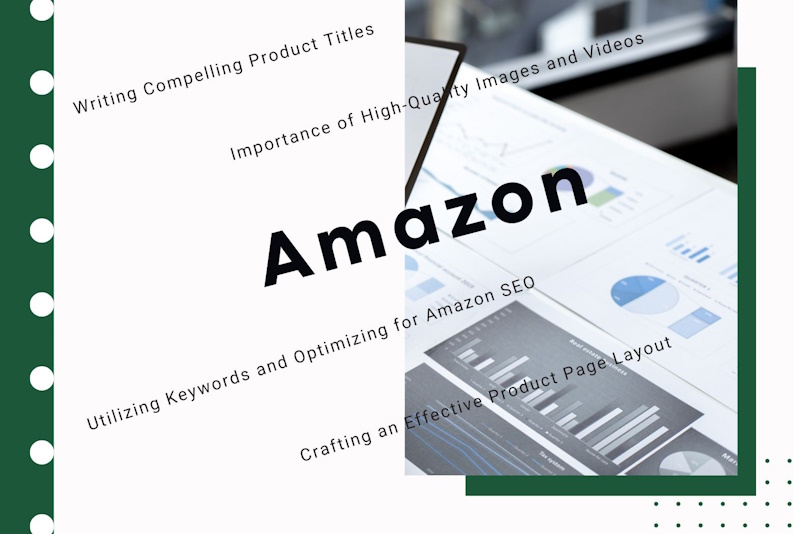A Beginner's Guide to the Amazon Marketplace
In the ever-evolving world of e-commerce, Amazon stands as a titan, offering sellers unparalleled access to a vast global customer base. Whether you’re a budding entrepreneur or an established business, selling on Amazon can be a game-changer. This guide will walk you through the basics of the Amazon marketplace, the types of seller accounts, Amazon’s business models, and the key benefits and challenges of selling on this platform.
Overview of the Amazon Marketplace
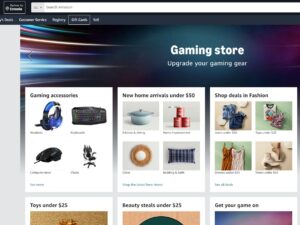
Amazon is the largest online retailer in the world, with over 300 million active customer accounts and millions of sellers. The platform operates in multiple countries, giving sellers the opportunity to reach a global audience. Amazon’s marketplace is a dynamic environment where products from both individual sellers and major brands compete side by side. For sellers, this means access to an enormous potential customer base, but it also means navigating a competitive landscape.
Types of Amazon Seller Accounts: Individual vs. Professional
One of the first decisions you’ll need to make when starting your Amazon business is choosing between an Individual or a Professional seller account.
Individual Seller Account:
- Best For: Those who plan to sell fewer than 40 items per month.
- Cost: No monthly subscription fee; instead, Amazon charges a per-item fee of $0.99.
- Features: Basic listing options, but lacks access to advanced selling tools, like bulk listings and advertising options.
- Limitations: Limited scalability, making it less ideal for those planning to grow their business significantly.
Professional Seller Account:
- Best For: Sellers planning to sell more than 40 items per month.
- Cost: $39.99 monthly subscription fee (with no per-item fee).
- Features: Access to advanced tools, including bulk listings, Amazon Advertising, and eligibility for top placements on product pages.
- Benefits: Scalability, access to detailed sales reports, and the ability to offer promotions and deals.
Choosing the right account type depends on your business goals. If you’re testing the waters, an Individual account might be the way to go. However, if you’re serious about growing your Amazon business, a Professional account offers the tools and flexibility you’ll need.
Understanding Amazon's Business Models: FBA vs. FBM
Amazon offers two primary fulfillment models for sellers: Fulfillment by Amazon (FBA) and Fulfillment by Merchant (FBM).
Fulfillment by Amazon (FBA):
- How It Works: You send your products to Amazon’s fulfillment centers, and they handle storage, packaging, shipping, and customer service.
- Advantages:
- Prime Eligibility: Your products become eligible for Amazon Prime, offering faster shipping to customers.
- Customer Service: Amazon handles returns, refunds, and customer service inquiries.
- Increased Visibility: FBA products often rank higher in search results and are more likely to win the Buy Box (the box on a product detail page where customers can begin the purchasing process).
- Disadvantages:
- Fees: FBA comes with storage and fulfillment fees, which can eat into your profit margins.
- Inventory Management: You need to maintain a steady flow of inventory to avoid stockouts, which can impact your seller ranking.
Fulfillment by Merchant (FBM):
- How It Works: You manage your own inventory, packaging, shipping, and customer service.
- Advantages:
- Control: You have full control over your inventory and shipping process.
- Lower Costs: No FBA fees, potentially leading to higher profit margins if you manage fulfillment efficiently.
- Disadvantages:
- Prime Ineligibility: FBM products are generally not eligible for Amazon Prime, which may lead to fewer sales.
- Responsibility: You are responsible for all aspects of customer service, including returns and refunds.
Both models have their pros and cons, and the best choice depends on your business strategy. FBA is ideal for those who want to leverage Amazon’s logistics network and focus on scaling their business, while FBM may be better suited for those who want more control over their operations and have the capacity to handle fulfillment independently.
Benefits and Challenges of Selling on Amazon
Benefits:
- Global Reach: Access to millions of customers worldwide.
- Trust and Credibility: Selling on Amazon gives your products instant credibility due to the platform’s reputation.
- Marketing and Advertising Tools: Amazon provides powerful tools to help you market and advertise your products.
- Scalability: Amazon’s infrastructure allows you to grow your business quickly.
Challenges:
- Competition: The marketplace is highly competitive, with both small sellers and large brands vying for attention.
- Fees: Amazon’s fees, including referral fees, fulfillment fees (for FBA), and others, can add up and affect your profit margins.
- Account Management: Amazon has strict policies and performance metrics, and failure to meet them can result in account suspension.
Selling on Amazon offers a wealth of opportunities, but it’s not without its challenges. By understanding the marketplace, choosing the right seller account, and deciding on the best fulfillment model, you can set yourself up for success. Whether you’re just starting or looking to scale, Amazon provides the tools and resources to grow your business and reach a global audience. Ready to dive in? The Amazon marketplace awaits!
By optimizing your strategy and staying informed, you can navigate the complexities of Amazon and build a thriving business on this powerful platform.
